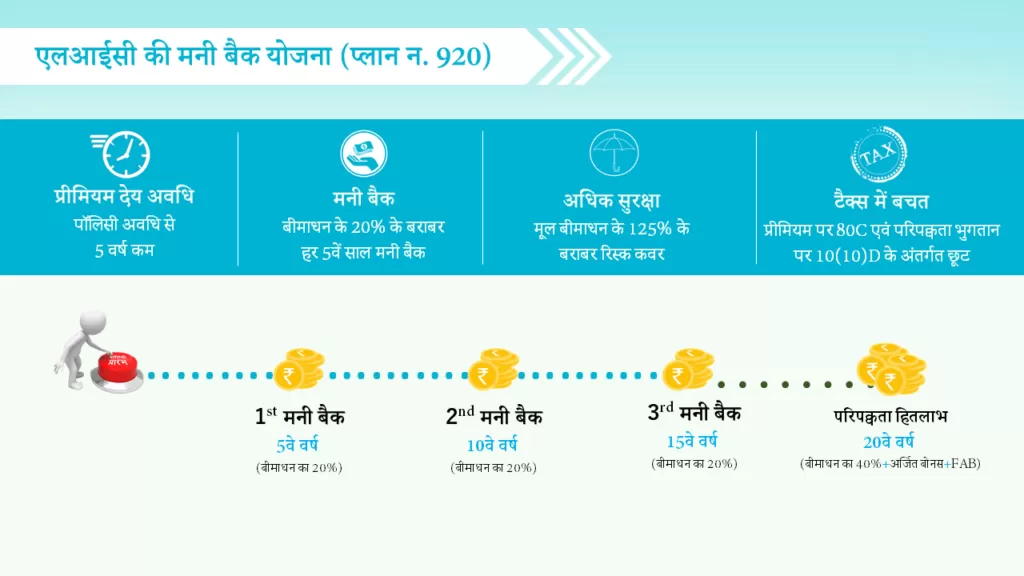There are many terms that you may not be aware of related to your LIC policy. Sometimes when you are in LIC office or talking to an agent or calling LIC customer care numbers, you may feel lost if you don’t know the meaning of the exact term. But to understand your LIC policy better, you must identify specific words that LIC people regularly use.
Today I will try to elaborate on the standard terms regularly used by LIC agent or employee to answer your query. I hope it will help you to understand your LIC policy better.

Table of Contents
1. Policy Number
A LIC policy number is a unique nine-digit number (Some old policy numbers can be 7 to 8 digits), and different for every policy. Every transaction in your policy gets recorded in LIC through this number only. Whenever you visit the LIC Branch of LIC Customer Zone or making any correspondence with LIC, you must keep/quote this number without fail. Your policy number may start from any digit from 1 to 9. You will find your policy number on the top left corner (in most of the cases) of the schedule, printed on the policy bond, and all the receipts you get from LIC.
2. DOC (Date of Commencement)
DOC or Date of Commencement is the date from which your policy is started. But, sometimes it can be before the actual date of purchase of the policy. The main reason is that you have taken the policy from a backdate. Due to many reasons, you can take the plan from a backdate. You can backdate your policy up to 1st April of the financial year in which policy is taken (Not applicable to ULIPs and specially excluded by LIC). Your policy term will be counted from this date, and maturity and other benefits will be paid according to this date only. If you do not date back your policy, then the date of commencement will be the date on which policy number is allotted. In other words, DOC in your policy will be the same as the date of purchase of the policy.
DOC in any event in your LIC policy (other than ULIP policies) is from 1st of Month to 28th of the month. Therefore policy completed on 29 to 31st of any month will also have DOC of 28th of that month. Normally, you will find your policy DOC just below the policy number in your LIC Policy schedule.
3. FUP (First Unpaid Premium)
FUP or First Unpaid Premium is a very important word related to your LIC policy. Especially when you are looking to check your policy status. In other words, FUP is directly related to your LIC policy status. Why? Because FUP stands for First Unpaid Premium, that means the date from which premium is not received in your LIC policy.
FUP can be a past date or a future date. In other words, if you have not deposited your LIC premium on time, then it will be an earlier date. If you have recently deposited your LIC premium, then it will be a future date.
Let’s take an example: Premium mode in your policy is yearly and falls due on 28 th June every year. If you have not deposited your premium on or before 28th June, FUP will be 28/06/2020, i.e. a prior date. Suppose you have deposited your premium on 01/07/2020, then next premium due will be 28/06/2021, i.e. a future date.
So, by all means your policy FUP denotes the status of your policy. Know how to check your policy status online here.
4. SB Claim
Do you remember, when did you last time used this word? If you are not a LIC related person, then probably never. Not because your policy does not have this type of claim, but, you use a different word altogether for this particular word. So, what does SB Claim means? It means Survival Benefit Claim. Still not sure, it says, the bonus that you get every 4 or 5 years in your money back policy.
The majority of LIC policyholders refer to SB claim as Bonus. But Bonus in LIC altogether has a different meaning. We are going to discuss it at the next point. So, technically its the amount you receive if you survive up to a particular period during your policy term. Let’s see an example: in your LIC money back policy 820, you will get SB claim at 5th, 10th, and 15th year of your policy term.

5. Bonus
In the previous point, we introduced with term Bonus very differently. A regular LIC policyholder refers to the money back in his policy as a bonus. But the bonus altogether has a different meaning.
LIC of India’s policies is divided into two major categories. One, participating policy and second is non participating policy. Wow, again some new words, but you don’t need to go into many details about these words. In simpler terms, participating policies are policies in which LIC will distribute its profit. Non participating policies where there is no share of profits.
So, after calculating the profits at the financial year-end, LIC of India declared the Bonus in its participating policy. In other words, how much profit your plan will get, and its referred to as Bonus. Bonus is also directly related to the type of policy, Sum Assured (It’s also the name of this blog 🙂 ), and term of the policy. Bonus rates in your policy usually declared between August to September every year.
That’s not All, New Terms with details will be added shortly.
We will add new term to your knowledge regularly in this same post to keep you updated about LIC.

